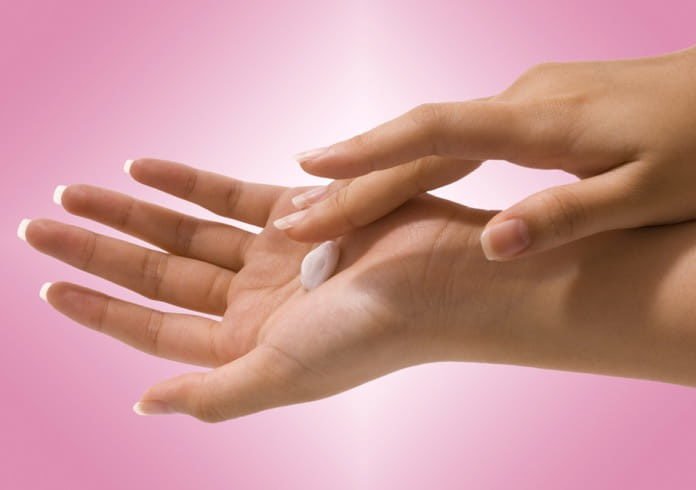A recent research study investigates whether fluorouracil cream can be used to prevent skin cancer such as keratinocyte carcinomas or melanomas.
Keratinocyte carcinoma (KC) are types of skin cancers where malignant cells develop in either the basal or squamous skin cell layers. Different from melanomas, keratinocyte carcinomas do not have the same frightening symptoms, such as the rapid spread of tumor cells to other areas of the body. However, they do present with their own concerns.
These tumors develop as a result of long-term exposure to ultra-violet radiation, hence their high incidence among the elderly population and their development in sun-exposed areas like the face and ears. The growth of keratinocyte carcinomas ironically makes patients ignore their potential for harm and its development in areas such as the eyes, nose, lips and ears can result in disfiguring consequences.
While surgical removal remains the standard of care, for smaller lesions the topical application of 5-fluorouracil (5-FU) cream is a treatment alternative. In keratinocyte carcinomas that are detected early fluorouracil cream has been documented to be of benefit in those areas where surgical removal can be challenging.
JAMA Dermatology recently published the results of a prospective study in the United States entitled “The Veterans Affairs Keratinocyte Carcinoma Chemoprevention Trial”, where researchers investigated the possible benefit of 5-FU application not as a treatment, but as a measure of prevention. A total of 932 participants were enrolled in the trial, where elderly patients who were identified as at high risk of keratinocyte carcinomas were given either an application of fluorouracil cream or a placebo to the face and ears twice daily for two to four weeks. These patients were then followed up during their regular consultations to determine if there was a change in the incidence of keratinocyte carcinomas, as determined by the need for treatment.
After a one-year follow-up, the researchers noted a statistically significant decrease in the incidence of patients needing treatment for one type of keratinocyte carcinomas (squamous carcinoma), with no change in the corresponding risk for basal cell carcinoma. In fact, the single course of 5% fluorouracil cream applied twice a day for two to four weeks reduced the chance of squamous cell carcinoma by 75%. The initial results are promising: surgical treatment that is both expensive and uncomfortable for the patient can be prevented by a single two to four-week course of a cream annually.
The authors stress the need for further studies in terms of longer follow-up and perhaps devising an alternative regimen that is equally effective for all types of keratinocyte carcinomas. And this affirms our changing conceptions about health care: rather than active treatment, preventing the onset of the disease is much more valuable than active treatment, not only in terms of costs but also in ultimately, patient benefit.
Written by Jay Martin, M.D.
Reference: Weinstock, et al. “Chemoprevention of Basal and Squamous Cell Carcinoma With a Single Course of Flurouracil, 5% Cream: A Randomized Clinical Trial”. JAMA Dermatology.doi: 10.1001/jamadermatol.2017.3631.



